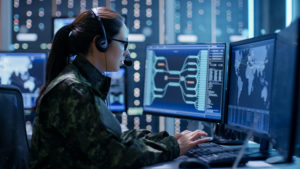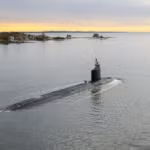
Flying Cars in the Air Force? The Pentagon is looking at the feasibility of using commercially made flying cars to perform logistics missions. The Air Force’s top acquisition executive Will Roper told reporters at the AFA conference this week that the effort is connected to an AFRL program dubbed Agility Prime, which examined options to replace the CV-22 Osprey. “It was a low-hanging opportunity to broaden the team’s look into where commercial innovation is going in flying cars,” Roper said…













